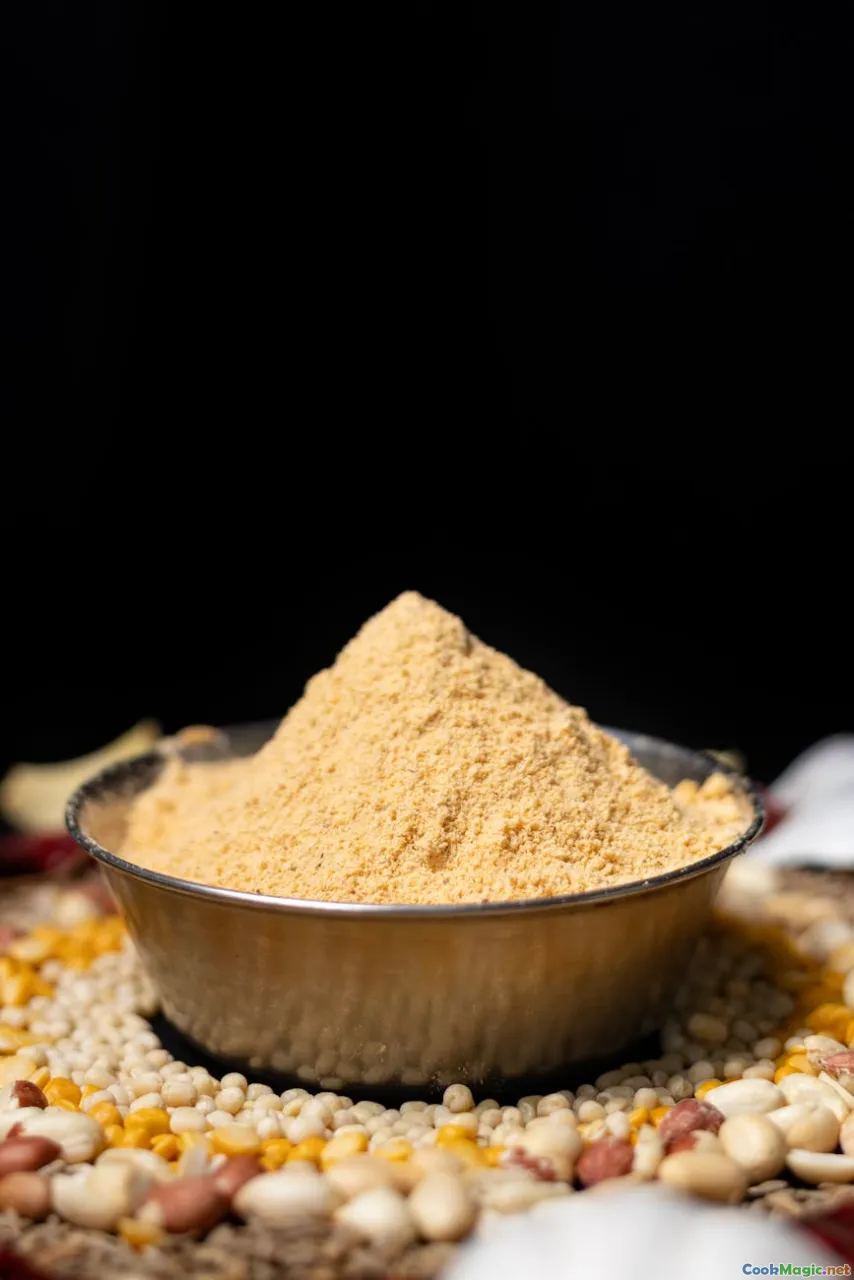The Role of Pikliz in Haitian Flavor Balancing
8 min read Discover how Pikliz, the vibrant Haitian pickled vegetable relish, masterfully balances flavors, enriches dishes, and embodies cultural resilience in Haitian culinary tradition. May 23, 2025 21:00
The Role of Pikliz in Haitian Flavor Balancing
Imagine walking into a bustling Haitian restaurant, where the air is thick with the aroma of sizzling spices, fresh herbs, and a tangy, spicy scent that beckons your senses. At the heart of this sensory symphony is Pikliz—a fiery, crunchy, and tangy condiment that does more than just add flavor; it embodies the very soul of Haitian culinary resilience and ingenuity.
A Vibrant Heritage: The Cultural Roots of Pikliz
Origins and Historical Significance
Pikliz’s roots stretch deep into Haiti’s history, a reflection of the island’s resourcefulness and adaptation. Originally, Haitian cooks used locally available vegetables—cabbage, carrots, peppers, and onions—that they pickled to preserve them through the long, often unpredictable rainy season. This preservation method was born out of necessity, transforming humble vegetables into a lively condiment that could elevate everyday meals.
Throughout Haiti’s tumultuous history—from colonial times, through slavery, to independence—Pikliz emerged as a symbol of resilience. Its fiery zest mirrors the fiery spirit of the Haitian people, their ability to turn adversity into vibrant life, and their unwavering dedication to flavor and community.
Cultural Significance
In Haiti, Pikliz is more than just a condiment; it’s a cultural staple present at nearly every meal. Whether served alongside griot (fried pork), fried plantains, or rice and beans, Pikliz acts as a flavor enhancer and a social connector. It’s customary during family gatherings, street food stalls, and celebratory feasts, where its bold flavor sparks conversation and shared memories.
The Anatomy of Pikliz: Ingredients and Preparation
The Core Ingredients
Pikliz’s distinctive flavor profile comes from a simple yet precise combination of ingredients:
- Cabbage: The backbone, providing crunch and a mild sweetness.
- Carrots: Adding color and a subtle sweetness.
- Onions and Bell Peppers: Offering aromatic depth and heat.
- Scotch Bonnet Peppers: The fiery heart of Pikliz, delivering intense heat and fruity notes.
- Vinegar: The preservative that gives Pikliz its tangy bite.
- Lime Juice: Enhances brightness and acidity.
- Salt and Spices: Typically including black pepper, sometimes cloves or cumin, to deepen flavor.
The Pickling Process
Making Pikliz is an art of balance. The vegetables are finely shredded or sliced, combined with the peppers and spices, then submerged in a mixture of vinegar, lime juice, salt, and sometimes sugar. The mixture is left to marinate for at least 24 hours—though many aficionados prefer a week—to allow the flavors to meld and develop.
The pickling process not only preserves the vegetables but also intensifies their flavors, creating a dynamic interplay of acidity, heat, sweetness, and crunch.
Flavor Dynamics: How Pikliz Balances and Elevates Dishes
The Perfect Acidity and Heat
The acidity of vinegar and lime juice cuts through rich, fatty dishes like fried pork or seafood, cleansing the palate and refreshing the senses. The heat from Scotch bonnet peppers adds a fiery kick that awakens the taste buds, encouraging a deeper appreciation of the accompanying flavors.
The Crunch and Texture
The crispness of the shredded vegetables provides a textural contrast to tender meats or soft grains. This crunch not only enhances mouthfeel but also offers a refreshing counterpoint to heavy or greasy foods.
The Aromatic Complexity
Onions, peppers, and spices introduce aromatic layers—sweet, pungent, and spicy—that complement and balance each other. The aroma alone can evoke memories of Haitian street markets, lively gatherings, and family kitchens.
The Balancing Act
Pikliz’s acidity and heat serve as a counterbalance to rich, oily dishes, preventing them from becoming overwhelming. Its bright, spicy notes invigorate the palate, making every bite lively and memorable.
Personal and Social Significance
An Authentic Taste of Haiti
For Haitians, Pikliz is more than a condiment; it’s an emblem of identity. Its vibrant colors and bold flavors mirror the island’s landscapes and spirit. Many families have their own secret recipes passed down through generations, each adding a personal touch—more heat, extra lime, or a splash of rum.
A Symbol of Community and Celebration
Serving Pikliz during celebrations—such as Haitian Independence Day or family reunions—reinforces bonds. Its shared presence on tables fosters a sense of unity and pride.
Emotional Connection
For expatriates and the Haitian diaspora, Pikliz often evokes nostalgia. It’s a taste of home, a reminder of lively family dinners, street vendors calling out their offerings, and the warmth of Haitian hospitality.
Enhancing the Culinary Experience
Pairings and Uses
Pikliz complements a wide range of Haitian dishes:
- Griot: The crispy pork is beautifully balanced by the vinegary, spicy crunch of Pikliz.
- Fried Fish: Adds brightness and heat.
- Rice and Beans: A subtle contrast that lifts the dish.
- Crusty Bread or Baguette: Used as a condiment, adding flavor and texture.
Creative Variations
Modern cooks experiment with ingredients like mango, jicama, or even pineapple for a sweeter twist. Some infuse their Pikliz with ginger or garlic for added depth.
Final Reflections: The Heartbeat of Haitian Cuisine
Pikliz exemplifies how simple ingredients, when combined with skill and cultural knowledge, can create something extraordinary. Its bright acidity, fiery heat, and crunchy texture are not just flavor components—they are a testament to Haitian resilience, creativity, and communal spirit.
In every spoonful, Pikliz tells a story of history, family, and identity. It invites us to celebrate flavor as a force that unites, sustains, and inspires. Whether you’re a seasoned chef or an adventurous eater, embracing Pikliz means embracing a piece of Haiti’s vibrant soul.
So next time you indulge in a spicy stew or a hearty fried dish, consider adding a spoonful of Pikliz. Let its lively burst of flavor elevate your culinary experience and connect you to the rich tapestry of Haitian culture.









